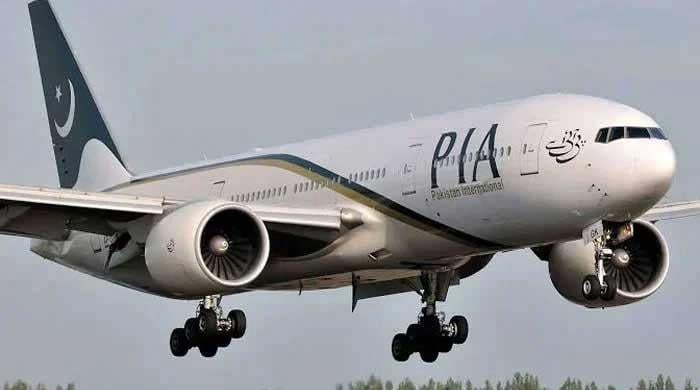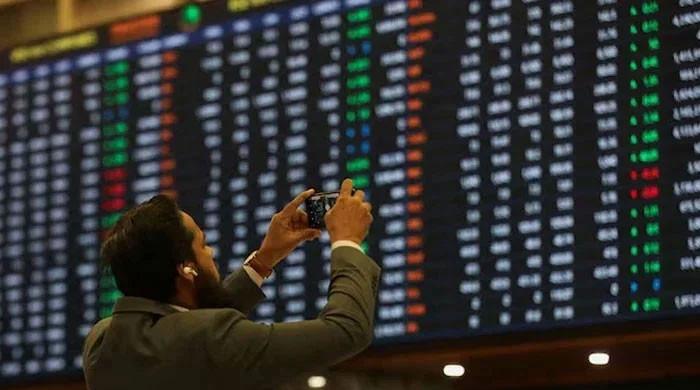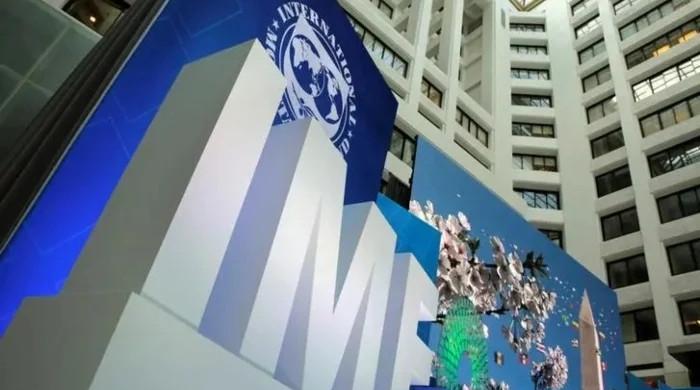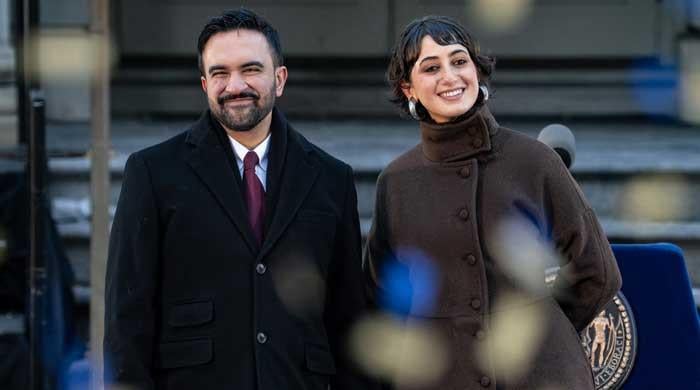What was achieved – and what wasn’t by the #PashtunLongMarch
The 10-day long dharna in Islamabad caught the imagination of many Pashtuns, including women
February 21, 2018
The countdown began on February 10. On that day a one-month deadline was set and the organisers of the sit-in by ethnic Pashtuns agreed to disperse from Islamabad after getting an assurance from the Pakistan Muslim League-Nawaz (PML-N)-led federal government that their demands would be accepted.
More than a week has passed since then. The organisers are getting impatient as the government has yet to take any concrete steps to start implementing the demands. Their foremost plea was the arrest of senior police officer Rao Anwar Ahmad Khan, who according to a police inquiry was involved in a fake encounter that killed 27-year-old Naqeebullah Mehsud on January 13. The murder of Mehsud, an aspiring model who hailed from South Waziristan and did menial jobs in Karachi, sparked protests by members of his Mehsud tribe. These peaceful protests were later joined by fellow Pashtuns from other tribes.
The 10-day long dharna in Islamabad caught the imagination of many Pashtuns, including women. Social media played a leading role in publicizing the cause with the hashtag #PashtunLongMarch. The mainstream media generally ignored the remarkably peaceful and disciplined protest by an ethnic community normally perceived as emotional and violent.
Ashraf Ghani, the Afghan President facing serious security challenges and ethnic divisions in his country, also announced his support for the sit-in. In a tweet, he claimed that the protest was a response to his remarks after recent terrorist attacks in Kabul when he called for Afghans and people of the region to join hands in the fight against terrorism and fundamentalism. Pakistan wasn’t amused and it reacted by terming Ghani’s comments an interference in its internal affairs.
Apart from the commitment to arrest Rao Anwar and put him on trial for ordering Mehsud’s murder, the government also promised to consider other demands of the protestors, including payment of compensation to Mehsuds killed in fake police encounters in Karachi and in their native South Waziristan, ending the harassment of tribespeople at roadside security checkpoints in their area, and removing landmines and improvised explosive devices (IEDs) that are taking a heavy toll on internally displaced persons (IDPs) returning to their homes.
Rao Anwar hasn’t been arrested despite the Supreme Court’s orders and deadlines. No one has any clue about his whereabouts. Then there are speculation and rumours as to who among his powerful patrons is protecting him.
Yet, there is some uplifting news. One issue raised by the protestors has reportedly been taken up by the military authorities who have sent 10 demining teams to locate and defuse landmines and IEDs buried in the conflict-hit Federally Administered Tribal Areas (Fata), particularly South Waziristan and North Waziristan. But the demining operations would take time and require resources, so the threat posed by the landmines and IEDs in certain areas is not likely to go away quickly.
The Pashtun dharna focused attention on critical issues that have been ignored until now. Though the protestors’ main purpose was to seek justice for Naqeebullah Mehsud, the gathering outside the Islamabad Press Club continued to grow bigger as Pashtuns from different political parties and walks of life joined it. There were calls for giving due respect to the Pashtuns and resolving their problems as they had suffered the most in Pakistan due to militancy and military operations. Ethno-nationalists, including female activists, also began flocking to the venue of the dharna to highlight the issues of Pashtun rights. Though the young Mehsud students who had initiated and led the ‘long march’ from Dera Ismail Khan to Peshawar and then to Islamabad continued to be in control of the protest campaign, an All Pakhtun Qaumi Jirga was subsequently formed to guide the protestors and negotiate with the government.
This dharna was unique in the sense that it wasn’t led by any political party, politician or tribal elder. Rather, politicians such as Imran Khan, Asfandyar Wali Khan, Mahmood Khan Achakzai and Aftab Sherpao made it a point to reach the venue of the protest and make speeches supporting the protestors’ demands.
Though the Pashtun dharna has ended, the issues that formed the basis of the protest campaign have yet to be resolved. The protest organizers led by Majeed Ahmad Pashteen, a student of veterinary medicine from the Gomal University in Dera Ismail Khan, have made it clear that they would reconvene and resume their campaign if their demands weren’t met in 30 days, ending March 10. They warned that a ‘long march’ would be staged from Quetta in Balochistan to Shangla in Khyber Pakhtunkhwa if the promises made by Prime Minister Shahid Khaqan Abbasi through his advisor Amir Muqam weren’t fulfilled.
In that case, the young Pashtun protestors could once again converge on Islamabad. With this dharna the Pashtuns from Fata, it seems, have finally found their voice and gained invaluable experience in staging protests on the big stage - the federal capital.
Yusufzai is the Resident Editor of The News International in Peshawar
Note: The views expressed by the author do not necessarily reflect the official policy or position of Geo News, The News or the Jang Group









